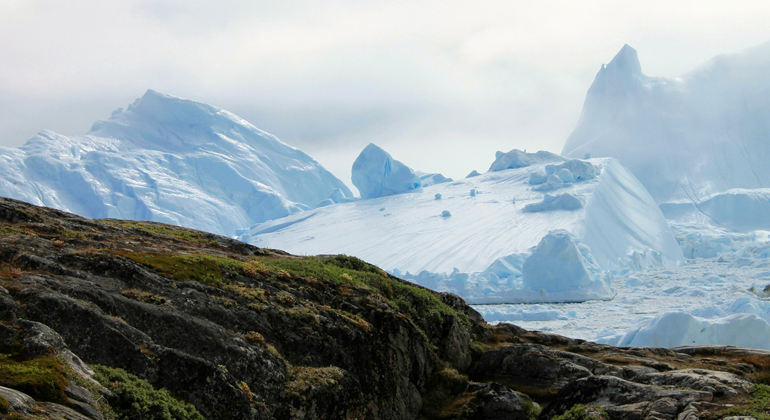Four major Earth system components are losing stability
Four key parts of the Earth’s climate system are destabilising, according to a new study with contributions from the Potsdam Institute for Climate Impact Research (PIK).
Researchers analysed the interconnections of four major tipping elements: the Greenland ice sheet, the Atlantic meridional overturning circulation (AMOC), the Amazon rainforest and the South American monsoon system. All four show signs of diminished resilience, raising the risk of abrupt and potentially irreversible changes.
“We now have convincing observational evidence that multiple Earth system components are destabilising,” says lead author Niklas Boers from PIK and the Technical University of Munich. “These systems may be approaching critical thresholds that, if crossed, could trigger abrupt and irreversible changes with severe consequences.” The researchers’ major concern is that these climate systems are not isolated. They are part of a larger network of tipping elements, interacting with each other via the oceans and atmosphere.
To identify and track signs of destabilisation, the international team of scientists analysed long-term observational records and developed a new mathematical method of assessing how systems recover from disturbances. A reduced ability to recover is a clear sign of declining stability. Across data sources and analytical techniques, the evidence consistently points to the same conclusion: several climate subsystems are losing stability.
Signals across the Earth system
While climate models are not yet able to capture these dynamics with sufficient reliability, the observational signals are already visible. The Greenland ice sheet, for instance, is destabilised by feedbacks that accelerate melting. The AMOC is threatened by increasing freshwater input from melting ice and rainfall, reducing the salinity and density of surface waters – a key driver of the circulation. At the same time, climate change and deforestation are weakening the Amazon rainforest, while the South American monsoon system is at risk of abrupt shifts in rainfall if the forest’s moisture recycling system is disrupted.
“With every tenth of a degree of additional warming, the likelihood of crossing a tipping point increases,” Boers emphasises. “That alone should be a powerful argument for rapid and decisive reductions in greenhouse gas emissions.”
Because the exact thresholds remain uncertain, the authors stress the importance of building a global monitoring and early warning system to detect emerging signs of destabilisation. High-resolution satellite data on vegetation and ice melt, combined with long-term climate records and modern machine-learning techniques, could allow real-time tracking of the resilience of critical tipping elements.








